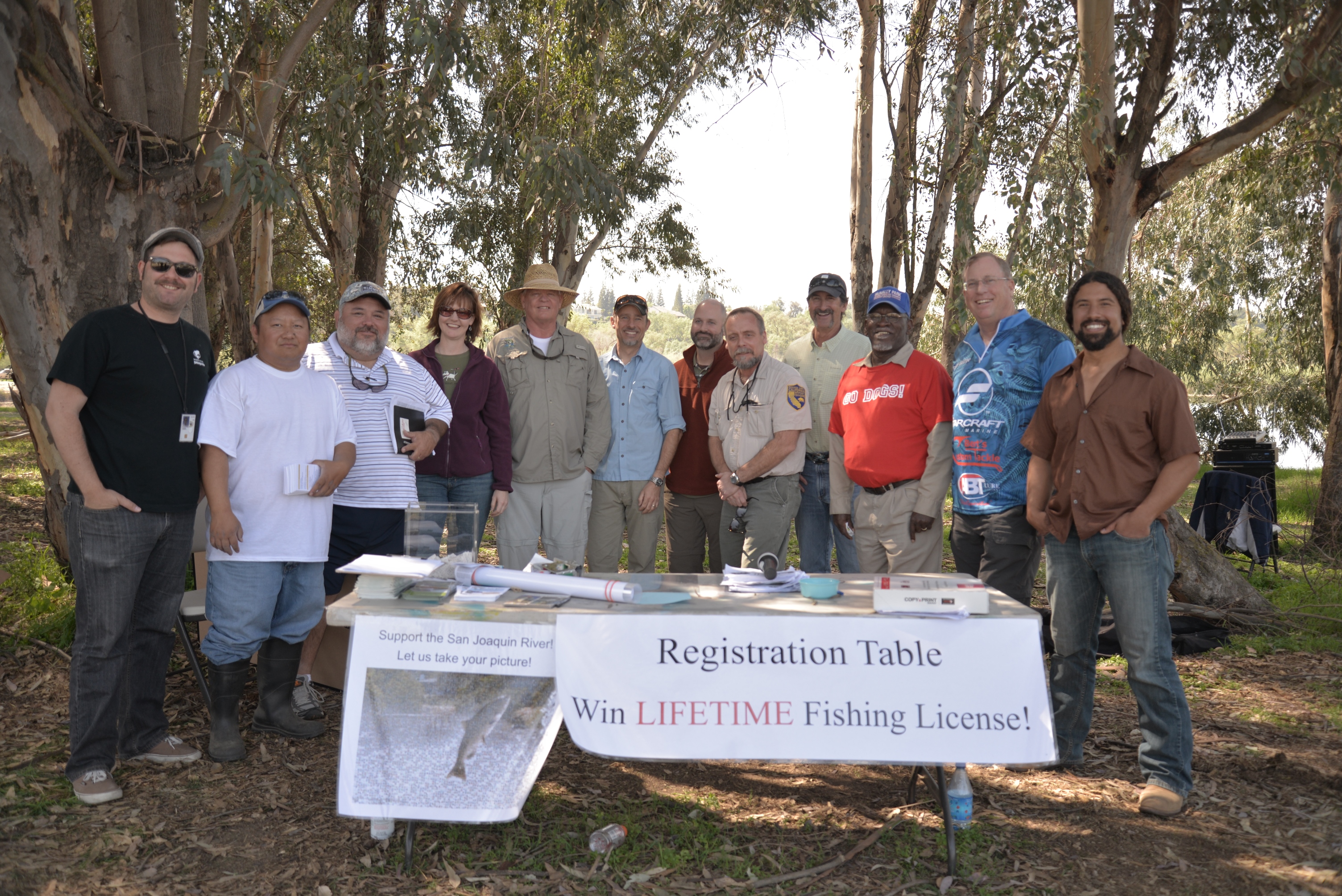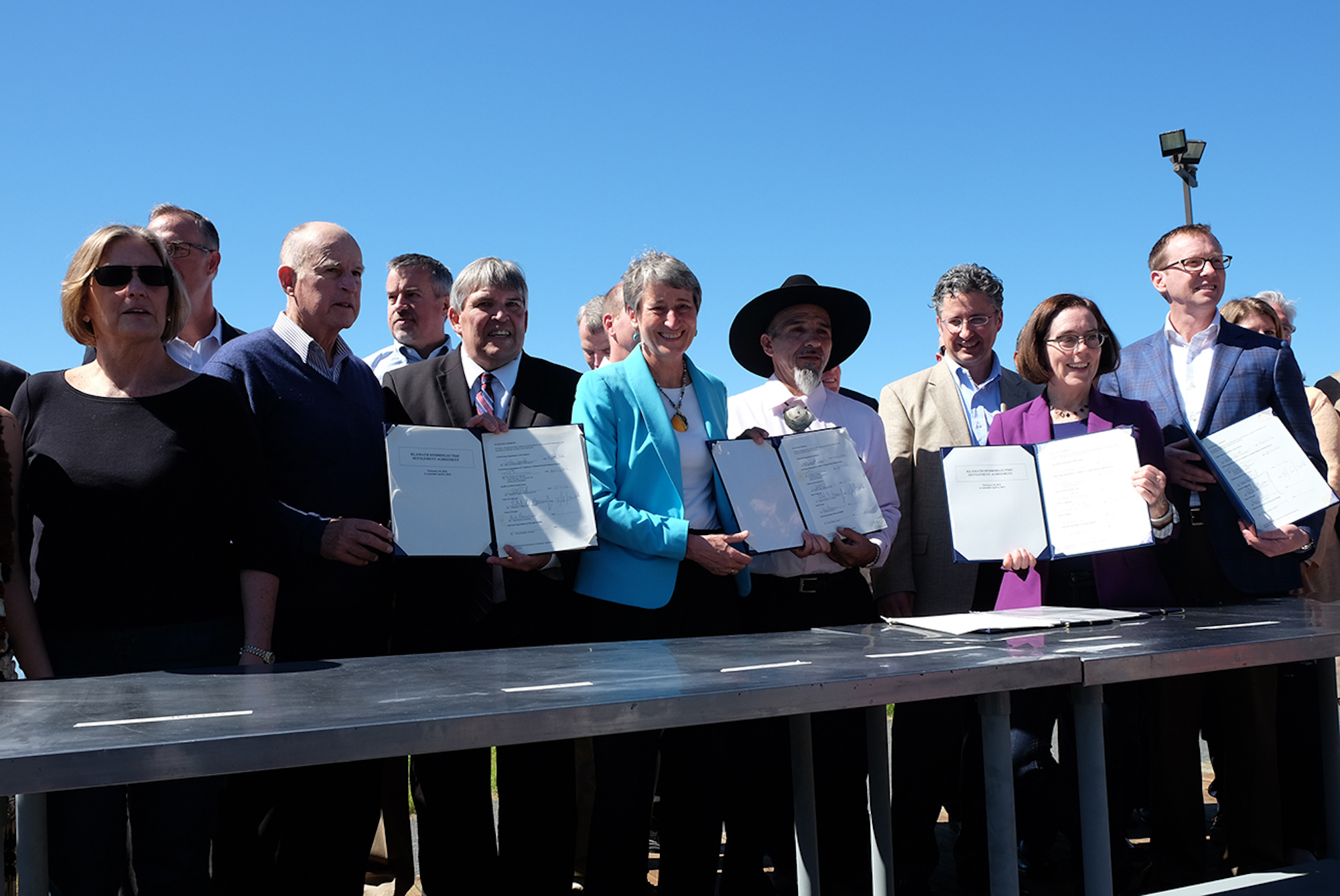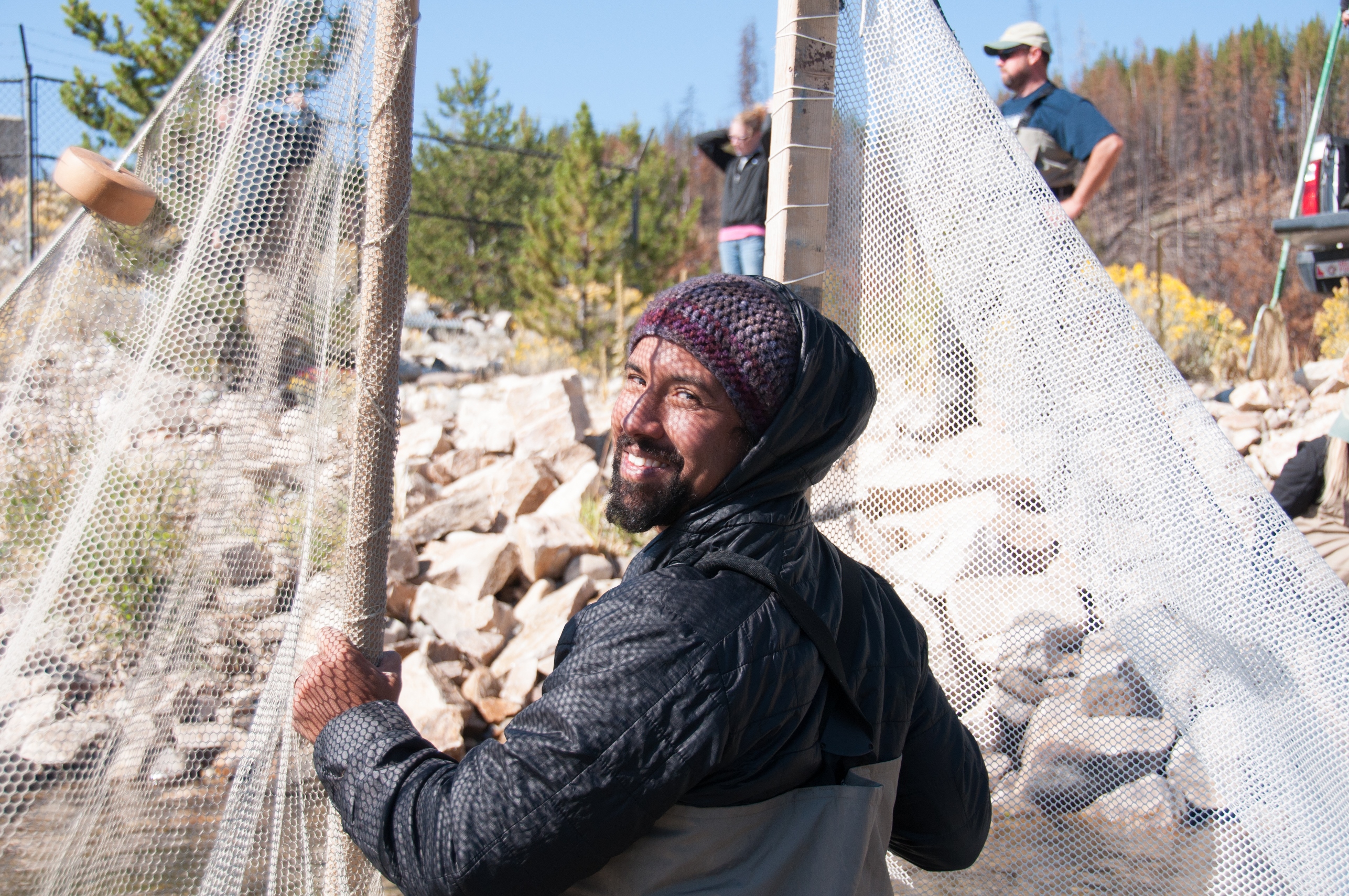By Rene Henery
We are entering a new time. Old feuds and litigations are slowly giving way to collaboration. Increasingly, we are recognizing the need to manage California’s rivers and aquifers to meet the connected needs of our cities, farms, wilderness and wildlife.
With this convergence comes the necessity of diverse interests working together. IMG_4808.JPG

(R) Winners of the Youth category, Fishing Derby, Sycamore Island, San Joaquin River, 2016.
As an ecologist I tend to see diversity as a core component of the resilience in a system. To use an analogy, when there are multiple voices in the choir we can sing a broader range of songs, and with a few singers for each part of the range, we are much less likely to have to cancel our production due to the loss of any one.
The capacity for resilience, adaptation, and sustained productivity in our systems, ecological and human, emanates from their diverse parts and the connections and relationships that bind them.
California’s demographics are changing rapidly. Our state food systems, ecosystems, and the water that connects them are shared by people of many different ethnic, cultural, social and economic backgrounds. Invariably, the future stewards of our rivers and fisheries, the farmers of our lands, and the inhabitants of our towns and cities will reflect this diversity.
My own work as TU’s California Science Director is informed not only by my training as an ecologist, but by my experiences as a person of mixed-race descent living in the US, my family history (born of a South American father and a western European mother), and the way these reverberate and blend in the tone of my perspective.

(L) Sponsors and civic leaders, Fresno Fishing Derby, 2014
The knowledge, insights and sensibilities inherent in California’s diversity can be a resource for the long-term resilience of our water and ecosystems if we let them. Accomplishing this, however, will require work: the work of recognizing others as having a contribution of value, of expanding the current dialogue to include them, of listening to their unique voices, and of really hearing these voices – no small challenge.
Unfortunately, California’s newly collaborative water dialogue is still severely homogenous and challenged. Positionality, posturing, and defensiveness frequently dominate interactions, even when masked by politically appropriate language. The conference rooms where the future of California’s water and rivers are debated continue to echo with discord from a limited set of voices and are often absent any faces of color.
Our capacity to imagine a more sustainable future remains severely limited by our lack of ability to engage with each other, leverage our collective gifts, and work together to solve old problems by developing new solutions.
There are a number of barriers to human connection. Most have to do with the scars left by traumas (great and small), fear and lack of trust as a result of those wounds, or shame and defensiveness acquired in past conflicts that we continue to carry around. These emotional specters hang in the air about us. Unacknowledged, their haunting limits our ability to grow, to change, and to connect.K

(R) Tribes, irrigators, the governors of OR and CA, and federal government leaders sign the revised Klamath Hydroelectric Settlement Agreement, mouth of the Klamath River, April 6, 2016. Photo courtesy US Department of the Interior.
With our long history of inequality, injustices, feuds and litigation, it’s hard to imagine that any Californian is totally free of these ghosts.
One of my favorite things about working for TU is that everyone is connected by water, and anglers come in all shapes, sizes, colors, nationalities and gender identities. This new time of collaboration around water and the critical systems that depend on it has already brought peoples with long histories of conflict together in places like the Klamath and San Joaquin river basins.
But coming together effectively necessitates that we learn to fully see one other, to respect diversity, and to appreciate difference not as a threat or weakness but as a source of strength.
The context of drought, a growing population, and a rapidly changing climate will require that we dig deeper, do the work to recognize the wounds we carry, actively engage new faces in the dialogue around water, and learn to listen to and respect a different and perhaps unfamiliar suite of voices. From there we can build the harmonic of our resilience.

Rene Henery is an Ecologist and Ecogeographer who holds a joint position as the California Science Director for Trout Unlimited and Letter of Appointment Research Faculty at the University of Nevada, Reno. Rene completed his PhD at the University of California, Davis. His dissertation investigated opportunities to recover pacific Salmon through the restoration of connectivity, with an emphasis on Central Valley Chinook Salmon and floodplain habitat.


